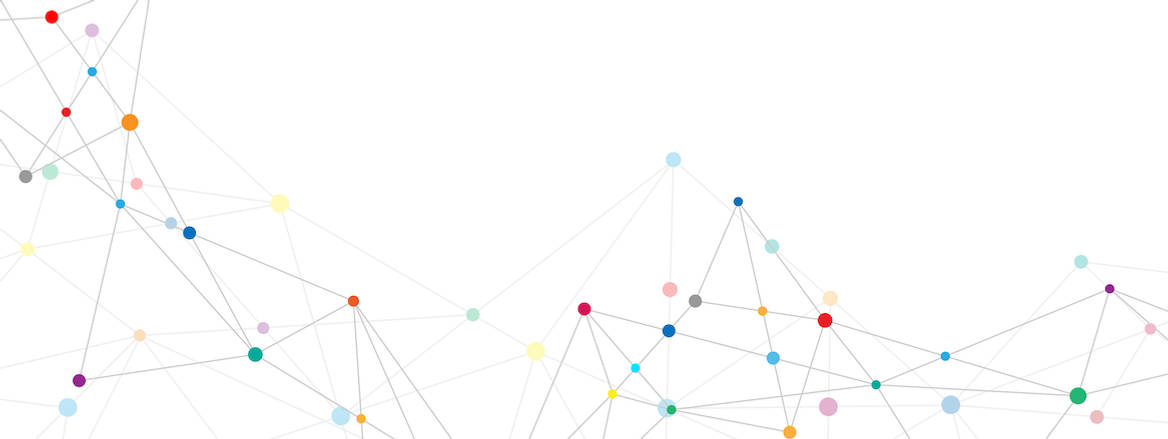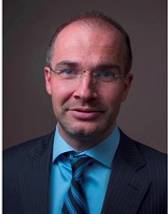Preventing Violent Extremism Through Media and Communications
This Whitehall Report compares two P/CVE programmes in Kenya and Lebanon that independently came to the same conclusion: to counter the multiplicity of factors drawing young people into violent extremism, communications and media tools should be recast to serve the needs of young people, rather than treat them as an audience.
Communications and the tools of the media age have been at the centre of preventing and countering violent extremism (P/CVE) for many years. Often emerging in reaction to terrorist narratives, the emphasis has been on how to most impactfully distribute narratives that counter or present an alternative vision. The debate amongst practitioners has often treated young people as ‘target audiences’, identifying and using ‘credible messengers’, and designing creative digital communication tools to engage them most effectively. Despite the emergence of numerous ‘how-to’ guides and policy briefs, substantial criticisms around the theory, impact and ethics of such approaches remain largely unaddressed.
This Whitehall Report compares two P/CVE programmes in Kenya and Lebanon that independently came to the same conclusion: to counter the multiplicity of factors drawing young people into violent extremism, communications and media tools should be recast to serve the needs of young people, rather than treat them as an audience. This means understanding the perspectives and lived experiences of those young people involved in the programmes. The report describes the programmes’ communications outputs: digital media platforms, news reporting and campaigns led by young people and journalists in areas of Kenya and Lebanon particularly affected by violent extremism.
To provide practicable insights to those designing and implementing P/CVE programmes, the report uses a realist methodology that pays attention to the particulars of what works, for whom and where, by studying the context, mechanisms of change and outcomes of the two programmes.
The report finds that mapping the media ecology of the two target locations informed programme activities: examining how young people are represented and the dominant narratives in the media helped to shape, target and prioritise participation. It also finds that media content was secondary to the process which led to the active, voluntary participation of young people.
The report notes the application of hitherto under-used aspects of communication theory and practice to P/CVE, describing innovative communication interventions drawn from the fields of psychosocial therapy, media literacy and conflict studies that recognise the prominence of social relations, alongside message delivery, in creating meaning as an alternative to ‘strategic’ communications interventions that seek to persuade. Critically, these interventions enabled young people to explore their own meaning and purpose, and to communicate actively and authentically, so as to build capacity and potentially community and individual resilience. In both cases, activities integrated online and in-person communication activities.
WRITTEN BY
Matt Freear
RUSI Associate Fellow, Terrorism and Conflict
Dr Andrew Glazzard OBE
Senior Associate Fellow


